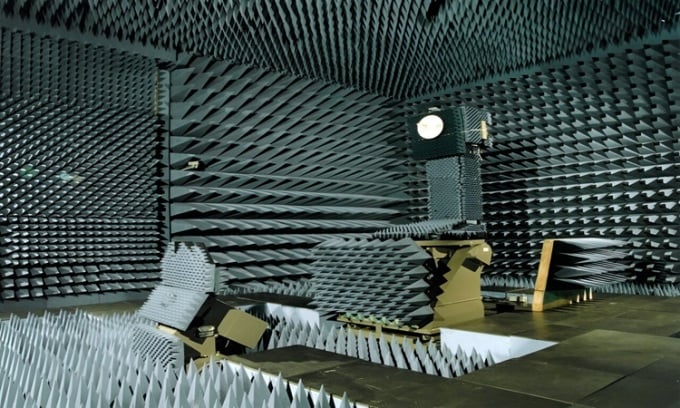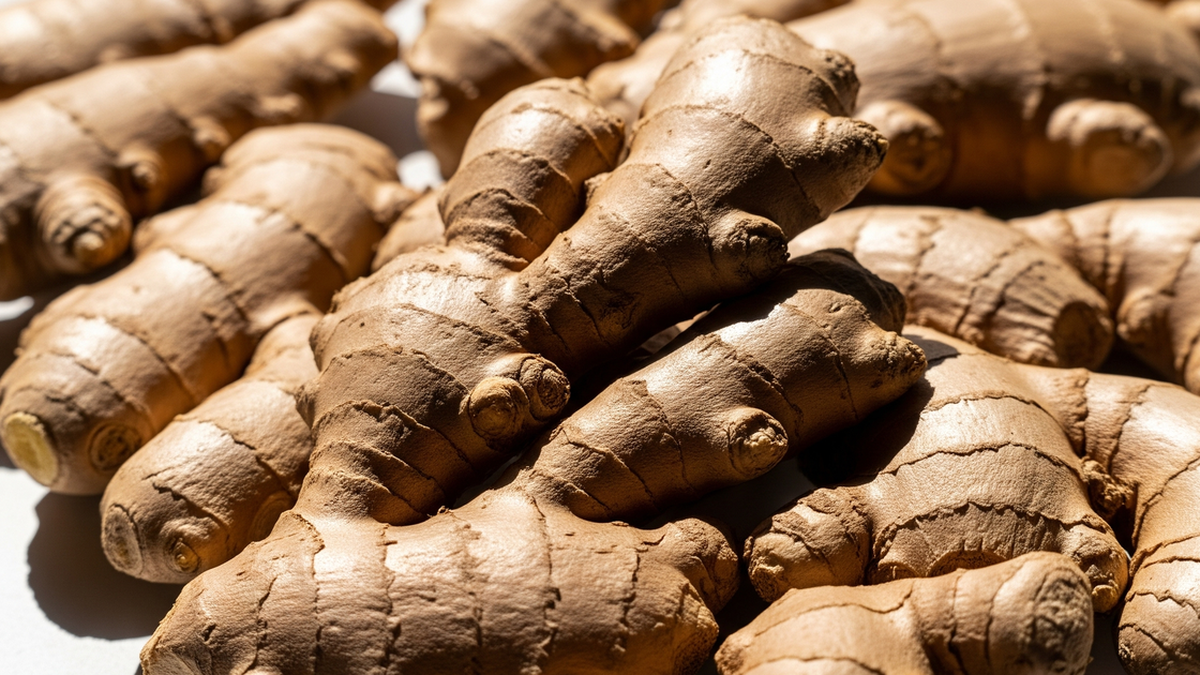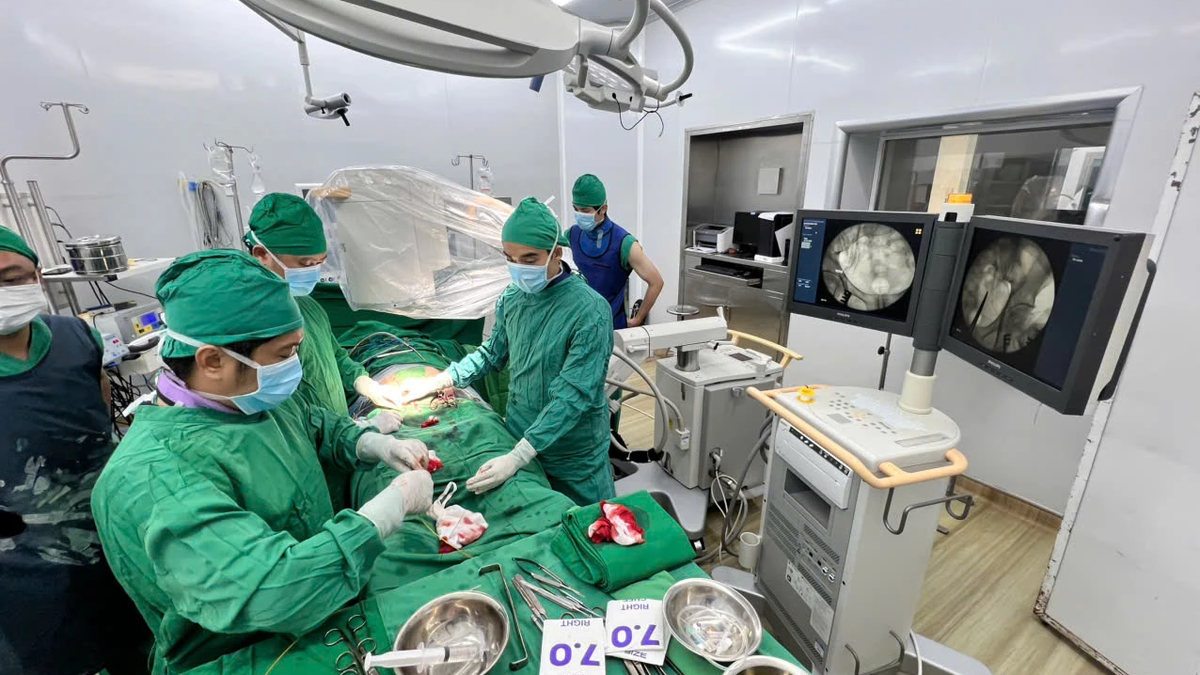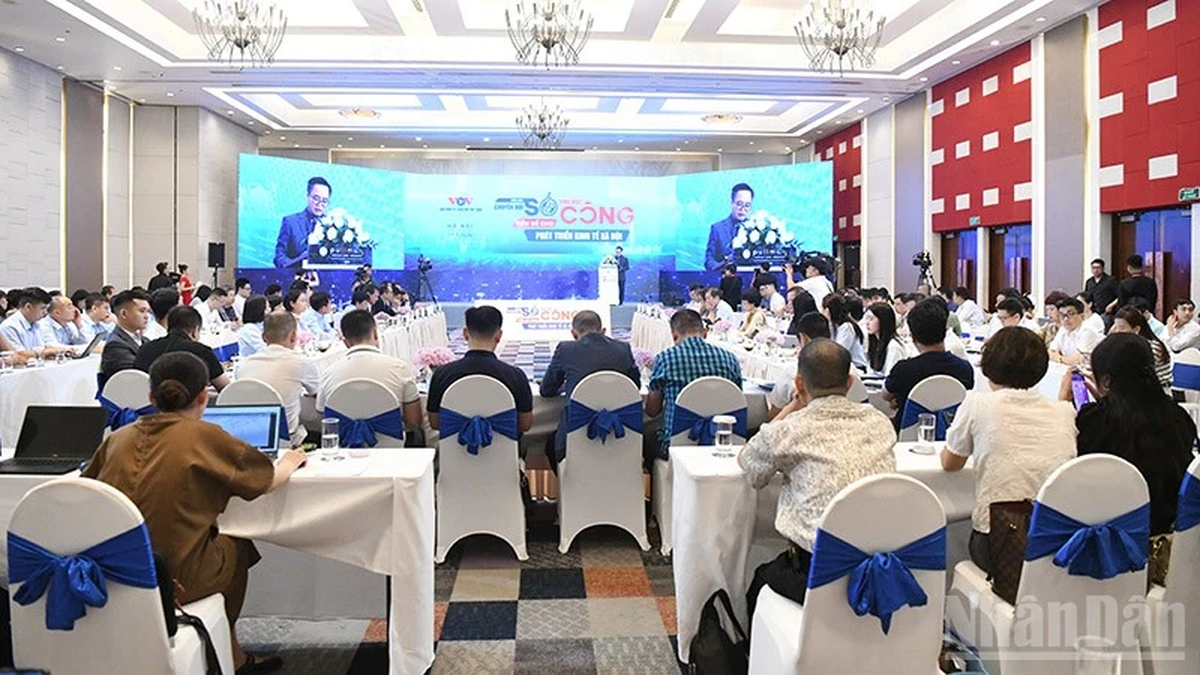The US Goddard Electromagnetic Echo Sounder helps NASA test the quality of antennas on satellites and spacecraft, so missions can transmit data back to Earth.

Conical structures used to cancel out sound waves in the GEMAC chamber. Photo: NASA
On any given day, NASA's network may be communicating with more than 100 missions in space. Whether it's maintaining contact with astronauts in orbit or observing deep space, dozens of satellites and spacecraft have one thing in common: they need antennas. Without antennas to communicate with Earth, NASA's missions would be impossible, according to Phys.org . Ensuring antennas meet the challenges of spaceflight requires rigorous testing on the ground in simulated space environments. The Goddard Electromagnetic Anechoic Chamber (GEMAC) at NASA's Goddard Space Flight Center in Greenbelt, Maryland, has been a testbed for antennas for more than 50 years.
Rows of cobalt-blue cones in Goddard's antenna room are reminiscent of the soundproofing chambers in recording studios. This room is similar in some ways, but instead of canceling out sound waves, the facility blocks radio signals and eliminates radio wave reflections from within the room.
Just like preparing songs for a music album, the ambient noise picked up by a microphone can ruin a perfectly good recording. The same is true of radio waves when engineers want to test a spacecraft's antenna. The radio environment on Earth is "noisy." AM and FM broadcasts, television signals, cell phones, even microwave ovens all generate radio frequencies (RF). To simulate the relatively quiet RF environment of space, engineers need a way to isolate the antenna from all the other radio waves on Earth while testing.
That's the job of the conical columns that line the floor and walls of the room. These columns, made of polyurethane foam, act as microwave absorbers. They block out noise and interference from outside. Inside the room's "quiet zone," they provide the anechoic environment that the antenna would experience in space.
With the radio-denier environment, engineers at Goddard can measure exactly how well the antennas transmit and receive signals. If the antenna’s signal is not directed in the intended direction during flight, mission data can be lost, or even the entire spacecraft could be lost if a critical instruction is missed.
Without GEMAC, the antenna design and testing process would be like an accountant who had his computer taken away, says Goddard engineer Ken Hersey. As NASA missions and their associated antennas grew over time, engineers at Goddard had to upgrade GEMAC to keep up. Hersey was the lead designer for the last major overhaul in 1997, which expanded the frequency range the antenna could handle for testing. The room also helps calibrate scientific instruments such as radar and microwave radiation sensors.
Most recently, GEMAC certified both the Roman Space Telescope antenna and the Plankton, Aerosol, Cloud, Ocean Ecosystem (PACE) mission. Once launched, their groundbreaking observations will lead to discoveries about dark matter and dark energy (ROMAN), as well as about air quality, ocean health, and climate change on Earth (PACE).
An Khang (According to Phys.org )
Source link





































































































Comment (0)